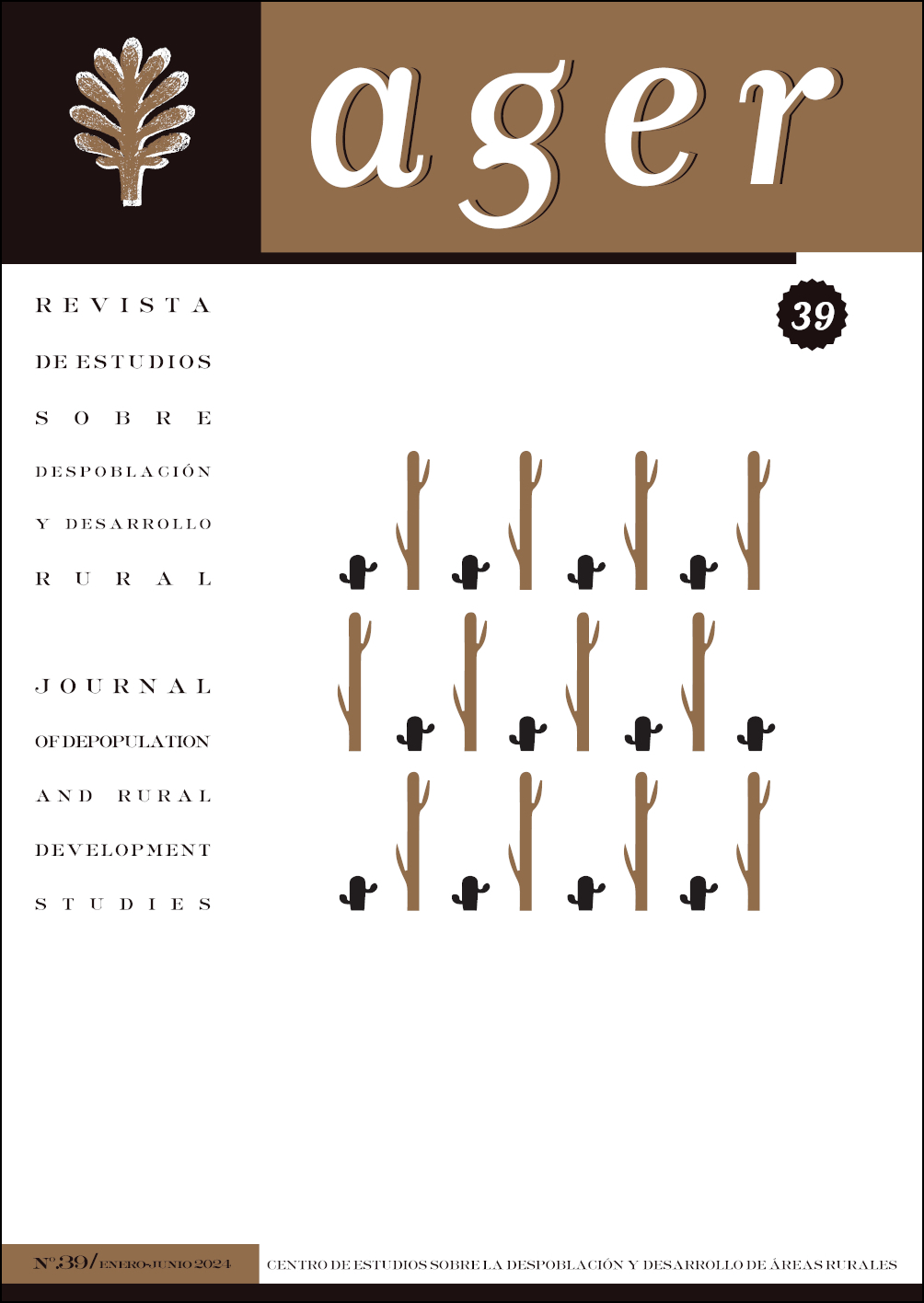Looking for Thoreau’s Cabin. Post-pandemic Lifestyle Migrations and Rural Idyll in Alt Millars (Castellón, Spain)
Resumen
In lifestyle migration studies, one of the issues that have raised most debates is understanding the decision process regarding the destination to be chosen and the conception or image of it. In these studies, the social construction of a rural tourist destination or the creation and dissemination of its image is a very important aspect, because it reflects and affects how the countryside is used by society. This research aims to analyse the image of rural areas normally based on a “rural idyll” of the lifestyle migrant at the beginning of the migratory process, and how this image mutates (or not) after spending a year in the chosen destination. Two important conclusions can be drawn from this study. In the first place, even though lifestyle migrations are a minority in the set of migrations that occur in any country in a year, occasionally in some rural areas they are decisive to overcome their ageing processes since in many cases it is entire families that migrate and not just individuals or older people. Secondly, and at least in the case of Spain, the significant increase in lifestyle migrations to rural areas since the pandemic could be a response to classical urban problems, such as housing, mass tourism or mobility issues symptom of an incipient urban crisis, especially present in many large cities, which are currently losing population, although their metropolitan areas are not.
Descargas
Publicado
Número
Sección
Licencia

Esta obra está bajo una licencia internacional Creative Commons Atribución-NoComercial-SinDerivadas 4.0.
Aquellos autores/as que tengan publicaciones con esta revista, aceptan los términos siguientes:
- Los autores/as conservarán sus derechos de autor y garantizarán a la revista el derecho de primera publicación de su obra, el cuál estará simultáneamente sujeto a la Licencia de reconocimiento de Creative Commons que permite a terceros compartir la obra siempre que se indique su autor y su primera publicación esta revista.
- Los autores/as podrán adoptar otros acuerdos de licencia no exclusiva de distribución de la versión de la obra publicada (p. ej.: depositarla en un archivo telemático institucional o publicarla en un volumen monográfico) siempre que se indique la publicación inicial en esta revista.
- Se permite y recomienda a los autores/as difundir su obra a través de Internet (p. ej.: en archivos telemáticos institucionales o en su página web), lo cual puede producir intercambios interesantes y aumentar las citas de la obra publicada. (Véase El efecto del acceso abierto).

